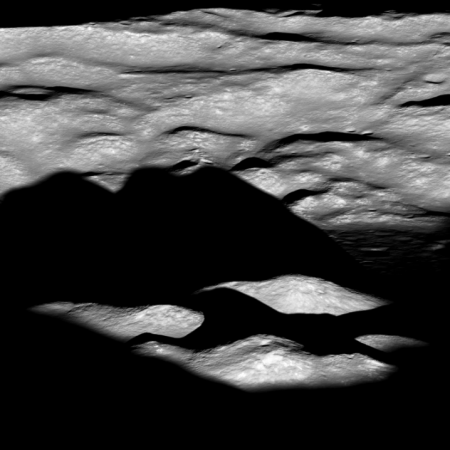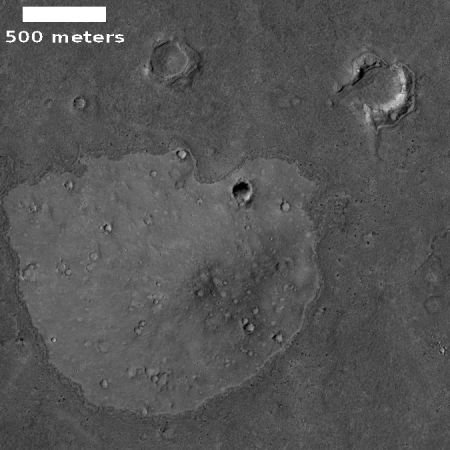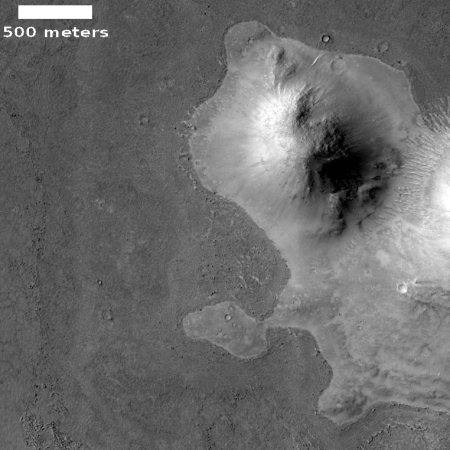The boondoggle never ends! NASA is now planning to purchase ten more SLS rockets from Boeing, but it appears it plans to do so under a cost-plus contract, where the prices will never be fixed and the agency, not Boeing, will pay for any cost increases, plus 10 percent.
On Wednesday, NASA announced that it is negotiating a contract with Boeing to purchase up to 10 SLS core stages. The news release does not mention costs—NASA and Boeing have never been transparent about costs, but certainly production and operations cost for a single SLS launch will be well north of $1 billion. It also does not mention the mechanism of the contract.
A spokesperson for the agency, Kathryn Hambleton, told Ars that terms of the contract were not finalized yet. “NASA anticipates the contract will be a hybrid of cost-plus-incentive-fee and cost-plus-award-fee, potentially transitioning to firm-fixed-price,” she said. “The cost incentives are designed to reduce costs during early production to enable the lowest possible unit prices for the later fixed-price missions.” [emphasis mine]
If anything provides us a perfect example of the utter corruption and waste inherent in the present leadership within NASA and Congress, it is this deal. Cost-plus contracts were created in the 1960s to allow companies to build new and revolutionary things for the government, such as the missiles and capsules it needed then for the cold war and the space race. Today, rockets like SLS are hardly revolutionary or new, and to give Boeing a cost-plus contract to buy ten more rockets, essentially a blank check for the company, is unconscionable.
While I personally think all cost-plus contracts are corrupt, I can understand the arguemnet for them for the first development contract. This contract however is for the purchase of ten more rockets that Boeing has supposedly already figured out how to build. In essence NASA is just buying some rockets off the shelf. Cost-plus is entirely inappropriate for this purchase.
Worse, this announcement also illustrates the dishonest partnership between NASA, Boeing, and Congress. It is a maneuver by NASA and Boeing to force Congress to fund these extra rockets. At this moment Congress has not yet appropriated this money for more SLS rockets. The contract is basically NASA and Boeing’s fantasy of what they want to happen. This announcement thus signals to Congress where they want the pork spent, and our corrupt lawmakers, from both parties, are going to read that signal and are going to quickly follow through with the cash.
Sadly, I now fully expect Congress to go along. Welcome to the lumbering wasteful modern American empire, corrupt to the core.







